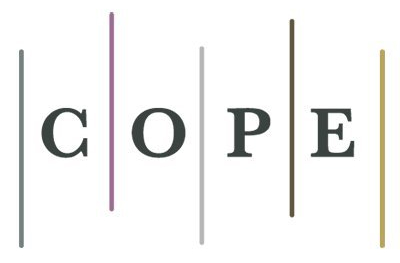Intensity-modulated radiation therapy versus three-dimensional radiation therapy in patients with inoperable esophageal cancer: Clinical results, toxicities, and dosimetric analysis
DOI:
https://doi.org/10.22529/me.2023.8(1)02Keywords:
esophageal cancer, radiotherapy, IMRTAbstract
INTRODUCTION: Esophageal cancer (CE) is a severe disease, however there is a percentage of patients
with locoregional disease that are potentially curable. There are some patients in whom it is clear that
surgery is not possible, and therefore definitive chemoradiation must be used. With the incorporation of
intensity-modulated radiotherapy (IMRT) techniques, it is possible to reduce the dose received by organs
at risk. This is of utmost importance since recently published studies have shown that cardiac (V30 <45%)
and pulmonary (Dmean <10Gy) doses are independent predictors of overall survival.
OBJECTIVE: demonstrate the institutional experience of inoperable patients treated with definitive
radiochemotherapy, comparing clinical results, toxicities and dosimetric analysis of three-dimensional (3D)
techniques vs Intensity Modulated Radiotherapy (IMRT).
MATERIAL AND METHODS: This is a descriptive, retrospective and observational study of patients
treated with definitive radiochemotherapy at the Deán Funes Radiotherapy Center, Córdoba, Argentina.
Thirty-two patients were treated between June 2016 and March 2019. Radiation therapy was administered
with IMRT and 3D techniques at doses between 45-50Gy. The Kaplan-Meier method was used to estimate
survival and progression-free survival. Univariate analysis (UVA) was performed with the Cox
proportional hazards model. The chi-square test was used for categorical variables.
RESULTS: The mean follow-up was 17.4 months (range 0.1-54.5 months). The median age of the patients
was 74 years (range, 51 to 89 years), with PS 0-1 (91%). Half of the patients received IMRT radiation
therapy. Overall survival at one year was 47% (15 out of 32 patients) and at two years 25% (8 out of 32
patients). The local relapse rate was 47% (15 out of 32 patients). In the univariate analysis, only age older
than 75 years was a predictor of worse survival (p0.01, RR 2.82). With IMRT there was a higher average
survival (19 vs 15 months), however it was not reflected to a statistical significance (p: 0.96), with IMRT
the progression-free survival was higher, however it was not statistically significant (p: 0.08). With IMRT,
the mean cardiac dose was reduced by 17% (p = 0.01) and the mean pulmonary dose by 5% (p = 0.44).
IMRT significantly achieved a V30 <45% (0.01). G1-2 toxicity was observed in 43.8% of the patients and
toxicities ≥ grade 3 were observed only in 9.4% of the patients, with no significant differences between the
different techniques applied (p 1.72 and 1 respectively).
CONCLUSIONS: Definitive radiochemotherapy is the standard treatment in locally advanced squamous
esophageal cancer, being a safe approach with good tolerance for inoperable patients, in addition to the fact
that IMRT offers better dosimetric results and greater protection of organs at risk, which could be involved,
with a longer follow-up and number of patients to better survival for those patients with good oncological
results.
Published
How to Cite
Issue
Section
License
Copyright (c) 2023 Methodo Investigación Aplicada a las Ciencias Biológicas

This work is licensed under a Creative Commons Attribution-NonCommercial-ShareAlike 4.0 International License.




















